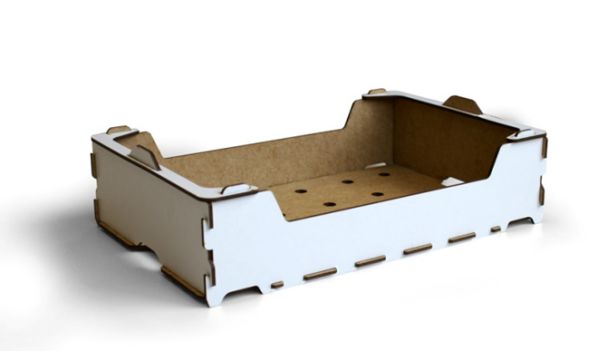Laser cleaning is the process of using lasers to remove dirt, debris or contaminants from the surface of an object. It is a process that lends itself to a variety of industrial and non-industrial applications. From cleaning thermoforming moulds to restoring monuments, there is no area where laser cleaning cannot be successfully applied.
In this article, we explain what the laser cleaning process consists of, the principle on which it is based and why it has an advantage over conventional cleaning methods.
Conventional cleaning methods
In the field of industrial production, the maintenance of production tools is essential, particularly in those areas where the quality of production depends on it. In the plastic thermoforming sector, for example, it is essential to always have clean moulds in order to obtain high quality parts. Rust, dust and material residues are among the most common types of dirt that need to be periodically removed.
However, cleaning operations are very costly in terms of resources. The actual performance depends on the type of maintenance required. But in general we can say that cleaning methods are based on the use of chemical or mechanical methods.
In the first case, cleaning is entrusted to solvents, detergents or other chemical compounds that degrade the material to be removed and facilitate its removal. In the second case, systems such as sandblasting or ultrasonic cleaning are used.
These cleaning methods have major disadvantages. They are very polluting because of their use of chemical products and require operators to take special safety precautions.
In addition, physical contact often causes damage to the workpiece which, in the long run, ends up being damaged by the cleaning operations.
Laser cleaning has established itself precisely because it has the advantage of overcoming the main drawbacks of traditional cleaning methods.
Laser cleaning and its advantages
Laser cleaning consists of irradiating the surface of a material in such a way as to remove the surface layer. The technique is based on ablation. The beam concentrated on the material breaks the molecular bonds of the material that needs to be removed. The material evaporates instantaneously with virtually no residue left behind.
Unlike conventional methods, there are no solvents or other additional chemical substances used in laser cleaning, and since it is a non-contact process, there is no abrasion that could damage the workpiece, as the surface dirt is removed without attacking the underlying material.
It is precisely this protection of the material that makes the laser so attractive. The laser allows you to operate selectively on a given material. The laser only removes materials that are absorbed by its wavelength. In addition, each material has different properties and needs a different amount of energy to be removed. This makes it possible to work on materials very precisely, to calibrate the laser extremely selectively so as not to damage the underlying material.
Flexibility, high controllability of the medium and speed are the characteristics that make laser cleaning an extremely effective tool.




